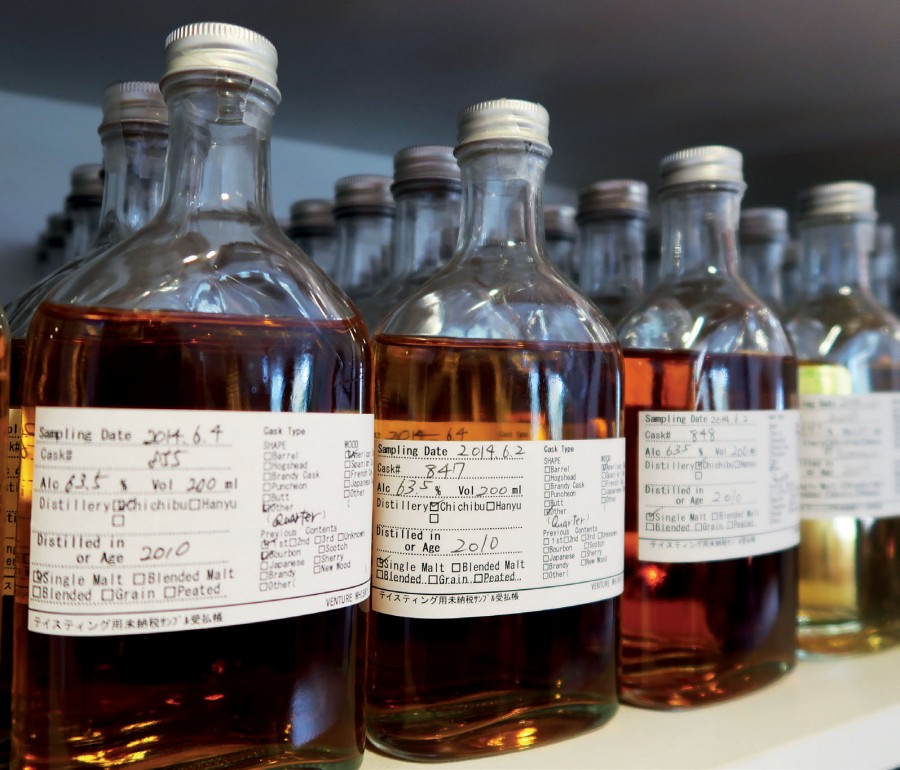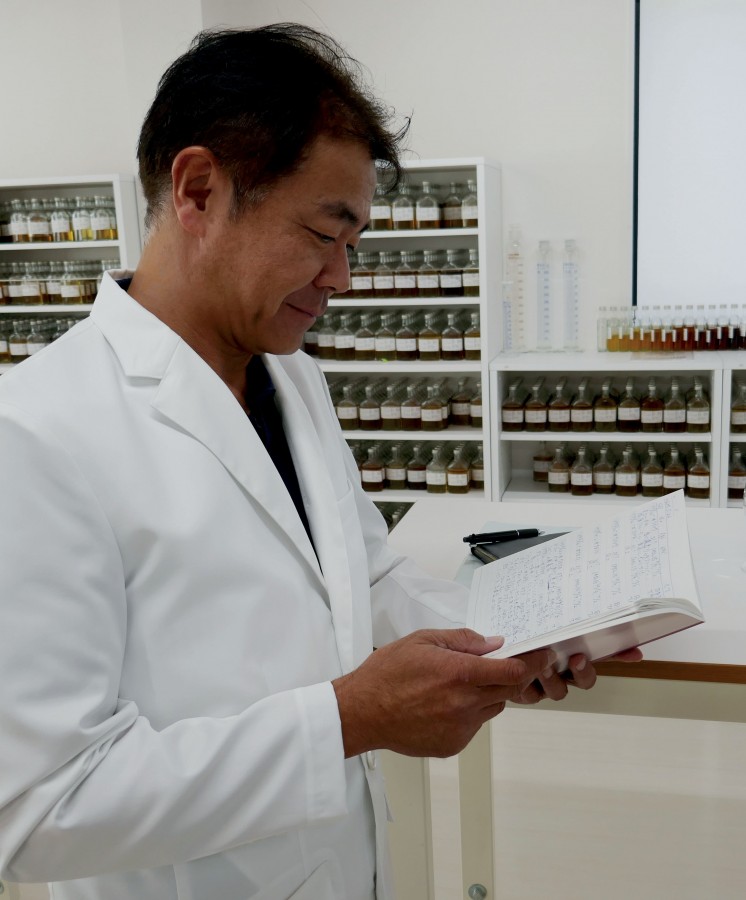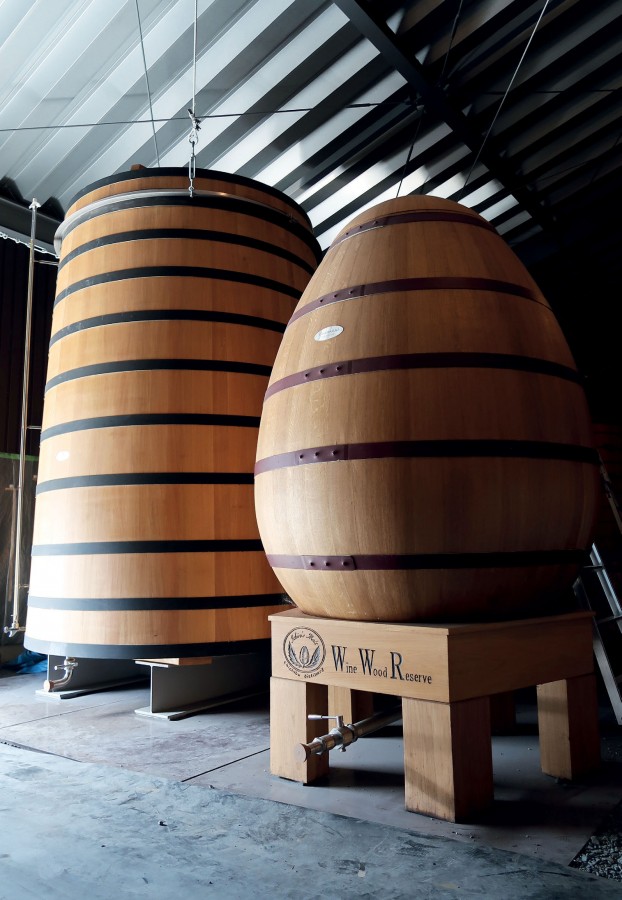
Meeting the blender
Like his baseball-playing namesake, the trailblazer of the new wave of craft distilling in Japan is affectionately referred to by fans at home and abroad by his first name. Far too humble to agree with this, he is as much of a rock star to the whisky community as the other Ichiro is to (most) […]


